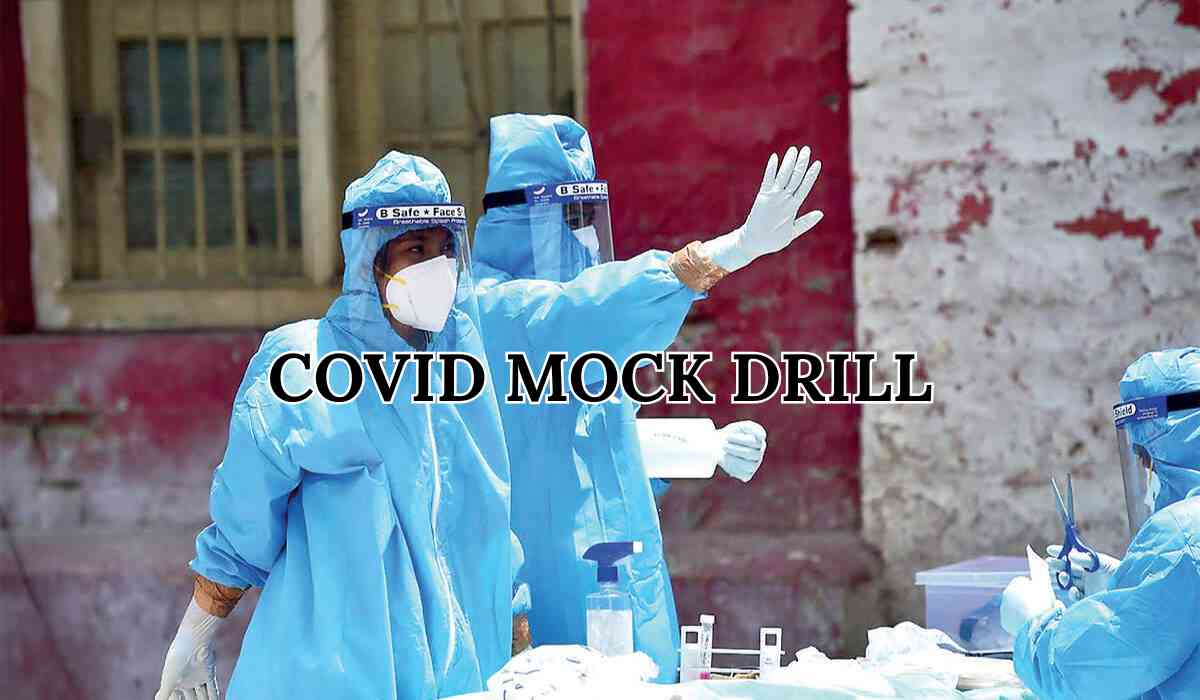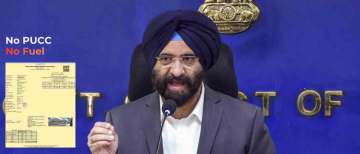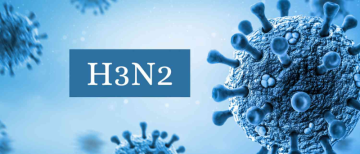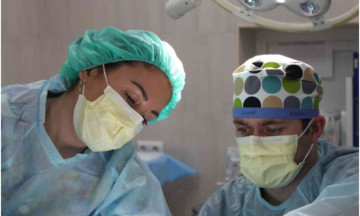In a proactive step to reinforce healthcare preparedness amidst a renewed rise in Covid-19 infections, the Ministry of Health and Family Welfare (MoHFW) conducted a nationwide facility-level Covid mock drill on June 5, 2025. The drill was aimed at testing and ensuring hospital readiness, especially with regard to oxygen supply, isolation facilities, and the availability of critical care infrastructure.
The decision came after India’s active Covid-19 caseload breached the 4,000-mark, sparking fresh concerns among health officials and policymakers.
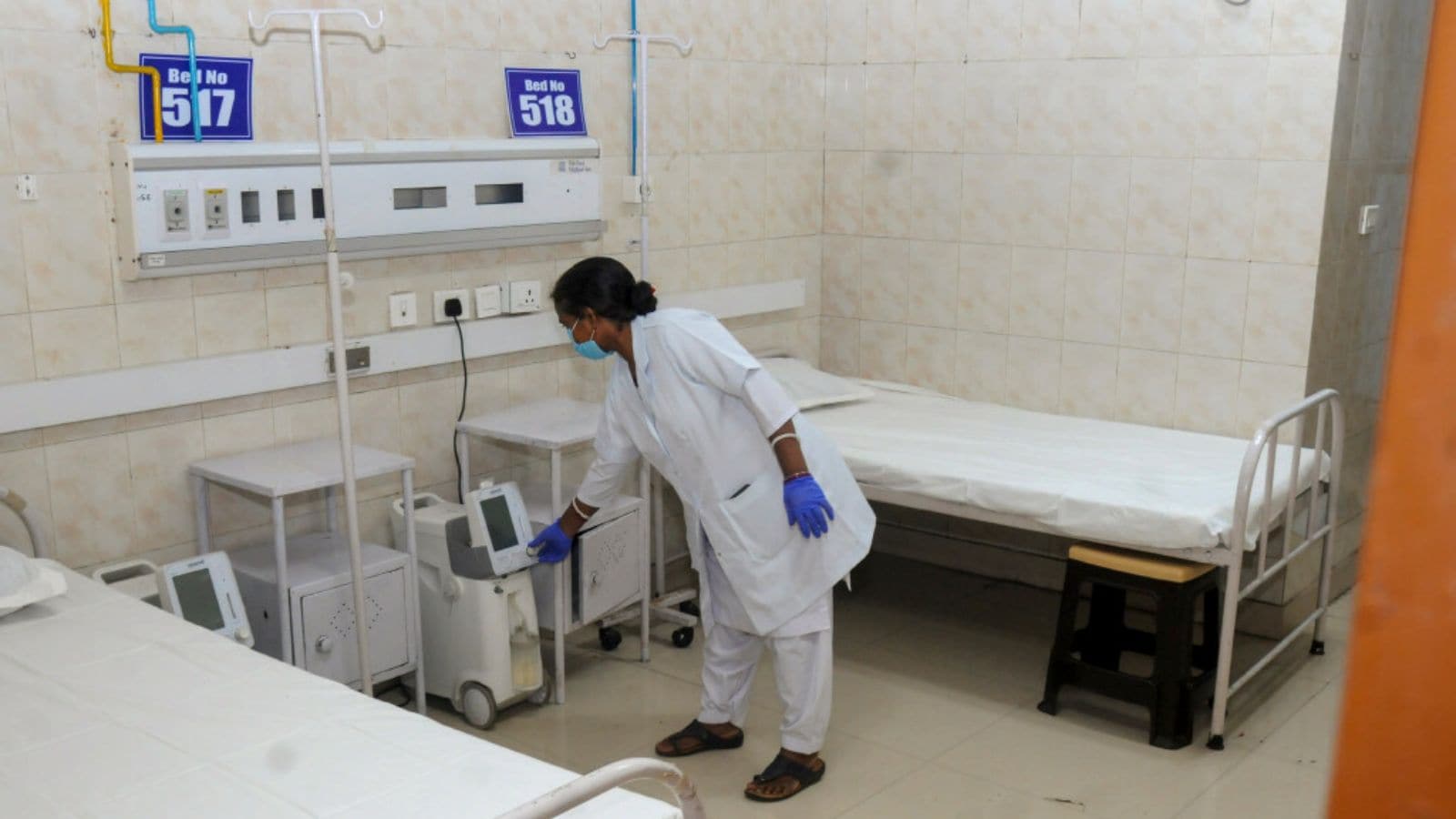
Rising Covid-19 Cases Prompt Precautionary Measures
As of June 4, India reported a total of 4,302 active Covid-19 cases, marking an increase of 862 cases in the past 24 hours. The states reporting the highest number of active cases included:
-
Kerala – 1,373 cases
-
Maharashtra – 510 cases
-
Gujarat – 461 cases
The country also reported seven deaths due to Covid-19 during the last 24 hours:
-
Maharashtra – 4 deaths
-
Delhi, Tamil Nadu, and Gujarat – 1 death each
Since January 1, 2025, India has recorded 44 Covid-related deaths, primarily among individuals with comorbid conditions such as pneumonia, coronary artery disease, and tuberculosis (TB).
June 5 Mock Drill: A Nationwide Readiness Assessment
The facility-level mock drill conducted on June 5 was a part of a strategic preparedness review led by Dr. Sunita Sharma, Director General of Health Services (DGHS). This nationwide exercise followed a preliminary mock drill held on June 2, which focused specifically on testing oxygen supply systems including:
-
Pressure Swing Adsorption (PSA) plants
-
Liquid Medical Oxygen (LMO) tanks
-
Medical Gas Pipeline Systems (MGPS)
The June 5 mock drill expanded this scope, evaluating readiness across critical parameters, such as:
-
Functionality of isolation wards
-
Availability of oxygen and ventilators
-
Stockpiles of essential medicines
-
Hospital infrastructure preparedness for potential surges
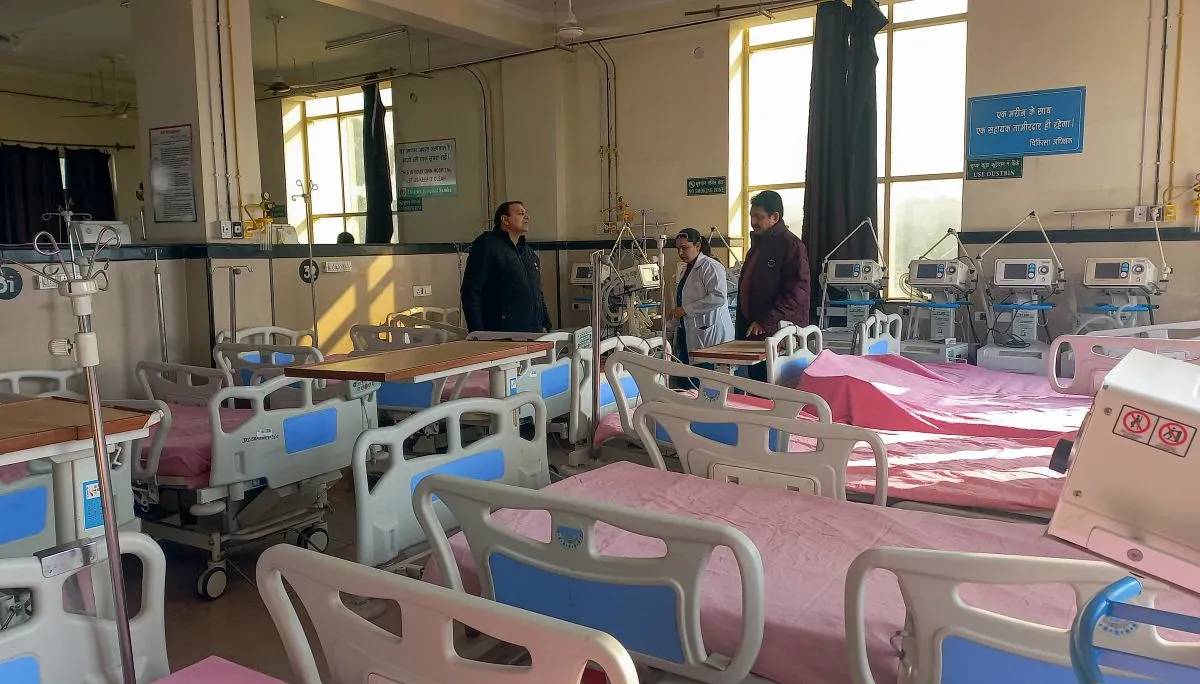
Instructions to States and Hospital Authorities
The Ministry issued advisories to all states and union territories (UTs) to verify the functionality of emergency medical infrastructure, including:
-
Ensuring oxygen supply chains are operational and sufficient
-
Maintaining inventory of medicines such as antivirals and steroids
-
Keeping isolation beds and ICU units ready for rapid deployment
-
Checking ventilator availability and functionality
This strategic drill forms part of India’s broader Covid response strategy, aimed at ensuring a rapid, coordinated, and localized response should there be a surge in infections in the near future.
Surveillance and Genomic Monitoring on High Alert
The Integrated Disease Surveillance Programme (IDSP) and the National Centre for Disease Control (NCDC) have been placed on high alert to monitor:
-
Influenza-like Illnesses (ILI)
-
Severe Acute Respiratory Infections (SARI)
Key surveillance instructions include:
-
Testing of all admitted SARI cases
-
Testing 5% of ILI cases, as per standard guidelines
-
Sending positive SARI samples for whole genome sequencing through the ICMR-VRDL network
This is being done to detect any potential emergence of new SARS-CoV-2 variants early and enable quick containment.
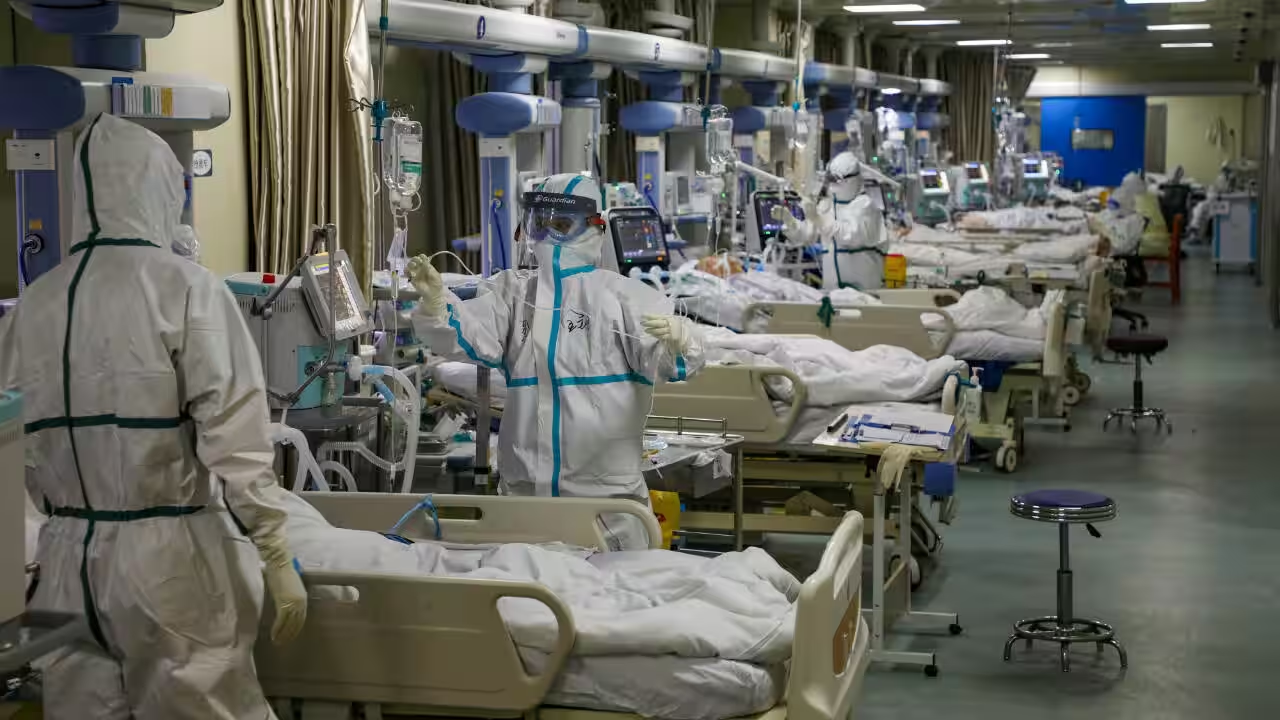
Multi-Agency Coordination at the National Level
The preparedness review and subsequent drills involved participation from several key bodies:
-
Disaster Management Cell
-
Emergency Management Response (EMR) Cell
-
Indian Council of Medical Research (ICMR)
-
Integrated Disease Surveillance Programme (IDSP)
-
Central Government Hospitals in Delhi
-
Health representatives from all states and UTs
This high-level coordination ensures that surveillance data, treatment protocols, and logistics are seamlessly aligned across the country.
Government's Public Advisory and Continued Vigilance
A senior official from the Ministry reiterated that most current Covid-19 cases are mild and are being managed under home isolation. However, the Centre remains cautious and continues close monitoring of the situation. Citizens have been urged to:
-
Practice hand hygiene and respiratory etiquette
-
Self-monitor for any acute respiratory symptoms
-
Seek medical attention if symptoms worsen
A Proactive Approach to Future Waves
With the Covid-19 pandemic evolving unpredictably, India’s June 5 mock drill represents a timely and necessary intervention to prevent hospitals from being overwhelmed and to ensure the health system remains agile.
While the current caseload remains manageable, the government's multi-agency, all-India preparedness effort sends a clear signal: India is not taking any chances.
From ensuring oxygen supply systems to genomic surveillance, the country is preparing to meet any future Covid-19 threat head-on—with resilience, coordination, and foresight.
With inputs from agencies
Image Source: Multiple agencies
© Copyright 2025. All Rights Reserved Powered by Vygr Media.

